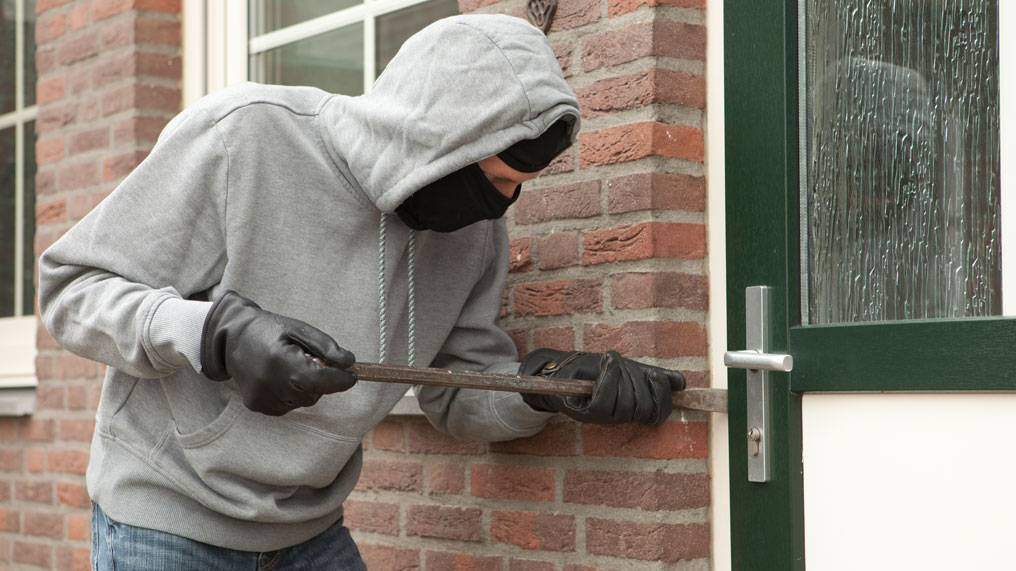Odourless. Tasteless. Invisible. Carbon monoxide is a dangerous gas that isn’t easy to detect, which is why it’s sometimes known as The Silent Killer.
If you have gas appliances in the home, it’s important you understand the risks involved. Here’s how carbon monoxide poisoning can harm your health, what to do when you think you have a leak in the home, and how to prevent it from happening in the first place.
How does carbon monoxide kill?
Time for some biochemistry (thanks to NHS UK).
Your body is full of red blood cells that contain a protein molecule called haemoglobin. This binds to the oxygen you breathe in, circulating it through your body before carrying carbon dioxide back to the lungs. Basically, it’s how we can breathe.
But when you inhale carbon monoxide, haemoglobin will bind to this gas instead of oxygen. This means the blood carries less oxygen around the body, causing the body’s cells to fail.
How quickly the poisoning takes effect will depend on each person, but it can happen within hours if there’s lots of carbon monoxide in the air.
Severe headaches are the most common symptom of low-level poisoning, although other symptoms might develop as the exposure increases:
-
Nausea and sickness
-
Tiredness
-
Dizziness
-
Breathlessness
-
Physical weakness
-
Confusion and disorientation
-
Collapse or fainting
The longer you inhale carbon monoxide, the worse your symptoms will be. It could also lead to unconsciousness, organ and neurological damage, and eventual death.
If you or your family members (including pets) are showing any symptoms, get out of the house as soon as you can. Then call an emergency plumber to shut off the gas and locate the cause. You should also go to the doctor or hospital and tell them you suspect you have suffered carbon monoxide poisoning.
Common causes of carbon monoxide poisoning in the home
Carbon monoxide is produced when fuels don’t burn properly. Poisoning in the home will typically come from faulty gas appliances, improperly vented wood-burning stoves, and blocked or faulty chimneys with a live fire.
Healthline believe you should always monitor carbon monoxide in the home, but especially when you have the following household appliances:
-
Boilers
-
Gas fires
-
Central heating systems
- Water heaters
-
Cookers
- Open fires
It’s also worth noting that burning charcoal, cigarette smoke and car exhausts can also produce carbon monoxide.

How carbon monoxide detectors work
The easiest way to find out if you’ve got a carbon monoxide leak in your home is to install a carbon monoxide detector. These come in various forms, but most look a bit like a smoke alarm that can be fitted to the wall or be freestanding.
Each detector can work differently, but they’re all designed to monitor the level of carbon monoxide in a room, and then produce an audible alarm if certain levels are exceeded.
Safety.com outlines the main types of carbon monoxide sensors available.
-
Biomimetic sensors use a combination of colour changing liquids or gel-like elements to detect poisoning, triggering the alarm when it darkens as levels rise.
-
Metal oxide semiconductors use wired circuits that trigger the alarm once the wires are exposed to carbon monoxide.
-
Electrochemical sensors use a fuel cell that produces a current in relation to the carbon monoxide in the atmosphere, triggering the alarm when it reaches a certain level.
Where to put a carbon monoxide detector
Which? recommends placing a carbon monoxide detector in each room that has a potential source of carbon monoxide. In most homes, this will be where the boiler, cooker or fireplace is located.
The detector should be placed:
-
At least one metre away from boilers, cookers and fires
-
At least 15cm from the ceiling
-
Not directly above a source of heat or steam
If you choose a free-standing detector, you can also take it with you when visiting someone else's house or when you go on holiday.
What other checks can you do?
Aside from having carbon monoxide detectors, Energy UK suggest some other checks you can do help reveal if there's a potential leak in the home.
Start by checking the pilot light on your boiler. If everything's fine this should burn blue, but if it's yellow or orange then you might have a leak. Likewise, if your pilot light frequently blows out, you could have a leak.
You can also check for smoke build‐up in rooms that have working fireplaces and chimneys. If you see any stains or soot around appliances or fires, get them checked immediately.
If there's excessive condensation in a particular room that has a gas appliance, it's worth checking the carbon monoxide levels.
Most importantly, if you suspect you have a carbon monoxide leak, you should leave your home immediately before calling a professional in for help.




